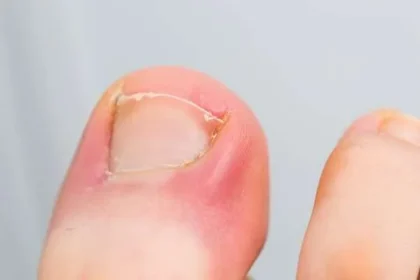Getting a dental crown might feel a bit intimidating if you don’t know what to expect. Many people worry about the process and how it will feel; however, knowing what happens can ease your nerves and make you more comfortable.
A dental crown is a simple, common treatment that strengthens and protects a damaged tooth while improving how it looks. Let’s walk through the steps so you know exactly what to expect.
The Initial Consultation
Your dental crown process begins with a consultation. During this visit, your dentist checks your tooth to see if a crown is needed.
X-rays may be taken to see the damage and look for hidden problems. After the exam, your dentist will explain the treatment plan, discuss costs, and answer any questions you have about the procedure and materials.
Tooth Preparation
The next step is preparing your tooth for the crown. Your dentist will give you local anesthesia to keep you comfortable and pain-free.
Then, they’ll reshape the tooth by trimming a small part of its outer layer to make room for the crown. If the tooth is badly damaged, a filling may be added first to rebuild its shape before the crown is placed.
Impression Taking
After your tooth is prepared, your dentist will take impressions using a special putty or a digital scanner. These impressions help create a crown that fits perfectly and matches your bite. The molds are then sent to a dental lab, where your custom crown is made-a process that usually takes one to two weeks.
Temporary Crown Placement
While your permanent crown is being made, your dentist will place a temporary one to protect the tooth. Be careful with it and avoid hard or sticky foods that could loosen or damage it. Your dentist will also give you simple care instructions to keep your temporary crown secure until the permanent one is ready.
Crown Placement
When your permanent crown is finished, you’ll return to the dental office for placement. The dentist will remove the temporary crown and carefully test the new one to ensure it fits well and matches your natural tooth color and shape.
If everything looks and feels right, the dentist will bond it firmly to your tooth with dental cement. Small bite adjustments may be made to ensure your teeth align comfortably.
Aftercare and Follow Up
After your crown is placed, your dentist will give you care instructions to help manage any mild discomfort and support healing. Some sensitivity is normal at first, but it should fade within a few days. Regular checkups will make sure your crown fits well and that your overall dental health stays in good shape.
The Financial Aspect
Understanding the costs associated with a dental crown can help ease any financial concerns. Depending on your dental insurance plan and the materials used, prices can vary significantly.
Discussing your coverage and the estimated costs with your dentist can prepare you for expenses. It’s worth noting that an investment in your dental health now can lead to savings later. Investing $500 today can happen to protect against more costly treatments down the road.
Getting a Dental Crown
Getting a dental crown is a straightforward process designed to restore the function and look of your tooth. From consultation to placement, each step is essential for achieving a strong, natural, and lasting smile. If you’re considering a dental crown, consult your dentist to see if it’s the right option for you.
Is this article helpful? Keep reading our blog for more.









